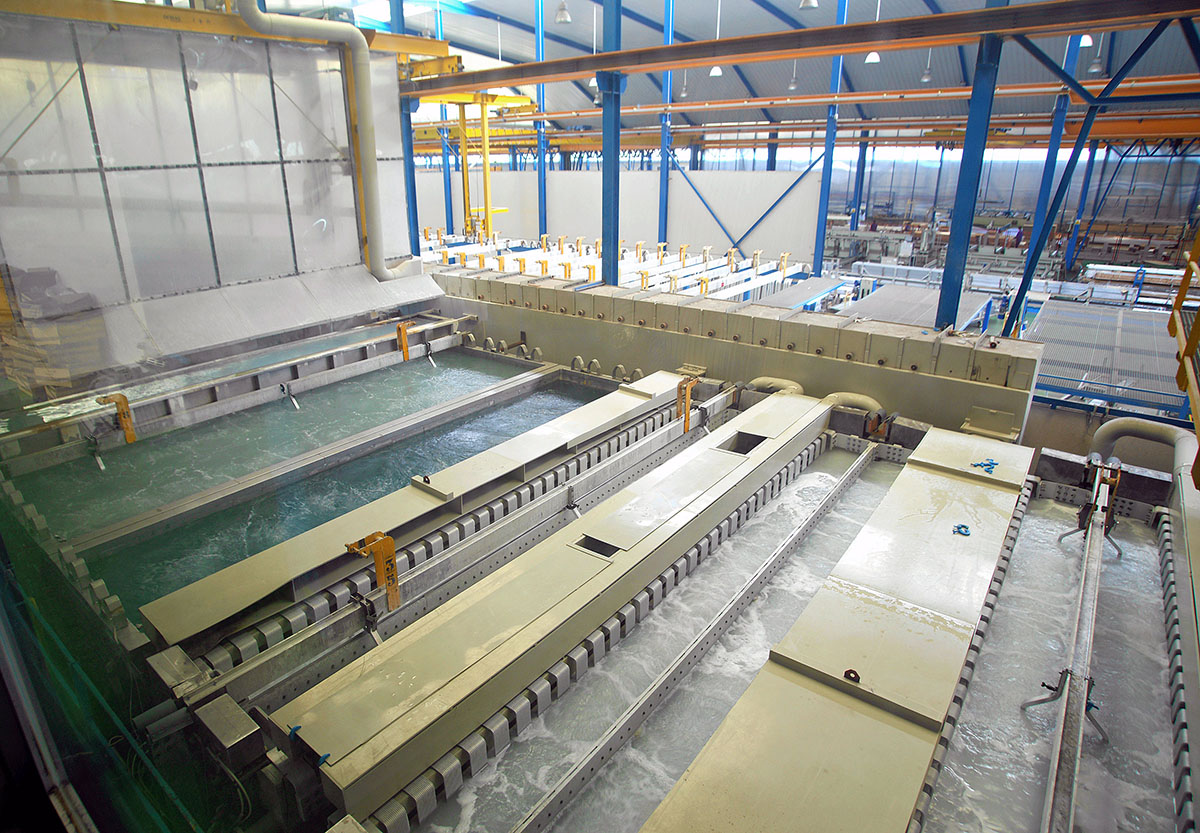
14 augustus - 2025
CO2 reductie door aluminium profielen8
Lorem ipsum dolor sit amet, consectetur adipiscing elit. Etiam pulvinar urna ut tortor accumsan, in fermentum libero mollis. Integer volutpat dolor sed est vestibulum pellentesque. Aliquam pharetra dolor eget auctor condimentum. Ut magna purus, dictum quis tempus vel, posuere sit amet ipsum. Proin eget felis ultrices, laoreet urna eget, convallis risus. Nunc eget leo in libero tempor eleifend. Mauris vitae sagittis nisi, a imperdiet dolor. posuere sit amet ipsum. Proin eget felis ultrices, laoreet urna eget, convallis risus.